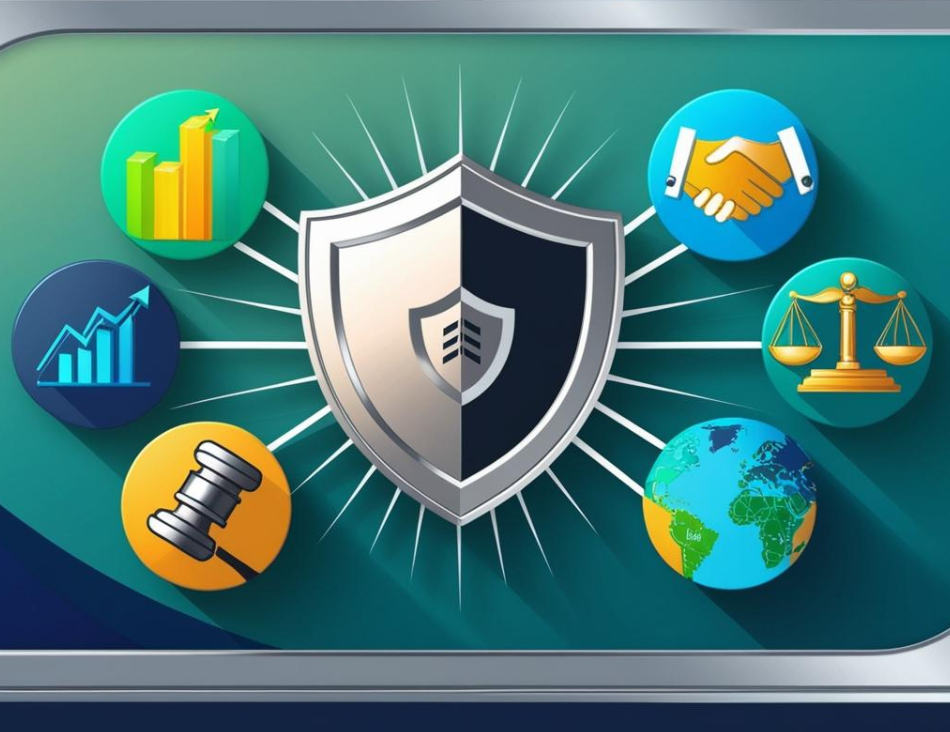Following a War from Afar but Not So Far
During the tense standoff between India and Pakistan, I barely slept. I wasn’t at the border, but my eyes were fixed on the screen, reading every update and tracing every piece of news, with a background in tech and a strong interest in geopolitics. I’ve come to realize that wars today aren’t just played on battlefields or in airspace —they come into our daily lives through cables, clouds, and code. The missiles may be miles away, but the impact can land right on your phone. This is the age of digital warfare, quiet but personal. Fake news is flooding WhatsApp groups with suspicious malware links disguised as news updates. I saw how conflict was not just about territory — it was about mind, machine, and messages. Even sitting in a room miles away, I felt involved, affected, and at times even targeted. This new kind of war doesn’t always announce itself with sirens. It hides in viral tweets, dropped internet signals, and manipulated headlines. It’s a battle not just for power but for perception. And whether we like it or not, we are all part of it now.

When Data is global, War is Global
Our world today runs on shared global infrastructure, cloud storage, content delivery networks, global software services, and supply chains that span multiple countries. An attack on Microsoft Exchange in the U.S. affects businesses in Asia. A ransomware group operating from Europe can halt production in Mumbai factories using connected systems. On May 7, 2021, the Colonial Pipeline attack in the U.S. triggered global oil price spikes. The Colonial Pipeline was the victim of a ransomware attack; it affected some of the pipeline’s digital systems, shutting it down for several days. The internet has no boundaries, so when a cyberattack happens anywhere, it has the potential to disrupt everywhere.
Information Warfare: The Mind as the Battlefield
Today, wars are no longer just about land but about narratives. Through misinformation, deepfakes, and fake news, public opinions become the target. “The battle is no longer about what happens; it’s about what people believe happened.” Information warfare is psychological, aiming to confuse or demoralize the people. In the context of the India-Pakistan standoff, Western and Chinese media are trying to portray India as being at the forefront of military asset losses. These claims are far from the truth and serve strategic business interests. Pakistan, which relies on Chinese-made air defense systems and U.S.-supplied F-16s, has suffered a significant setback, a fact downplayed or ignored by many reports. This false reporting tries to damage India’s image and protect the business interests of other countries. Another crucial aspect of information warfare is the use of soft power and the ability to influence without force through media, culture, and diplomatic channels. Western nations have mastered this strategy, using their global media network and diplomatic ties to shape perceptions worldwide.
Cyberattacks on Critical Infrastructure
Today, wars often begin with digital attacks, not bombs. Power grids, water systems, transport, and communication lines are now prime targets. In today’s interconnected world, cyber threats to critical infrastructure pose significant risks to national security and economic stability. India’s rapid digital transformation has made sectors like finance, healthcare, and energy increasingly reliant on digital systems, making them attractive targets for cyberattacks. This depicts that India’s digital growth is a larger attack surface on critical infrastructure.
Preparedness and the Gap in Cyber Defense
India is making progress in cybersecurity, but the challenges are large. There’s still a shortage of trained cyber experts, and many public and private institutions lack proper defense systems. Smaller institutions often don’t have the funds and awareness to protect themselves. Our laws are improving, but cyber crimes are growing faster. There is still no cyber force like some developed nations have. The country needs a strong force on early detection systems and rapid response units.
The Human Element
Even the best cybersecurity systems can fail if people using them are not aware that a human being is considered the weakest link. Most cyberattacks don’t start with high-tech hacking; they begin with simple human errors. People make mistakes — clicking on a phishing link, opening an infected email attachment, using weak passwords, or neglecting software updates. These small mistakes can lead to huge security breaches. And the most important aspect to tackle this issue is to provide proper awareness and education on these topics.
Conclusion
We may not hear the sounds of gunfire or see bombs falling from the sky, but the war is already taking place around us — in the digital world. The cyberattacks, misinformation campaigns, and vulnerabilities we face today are as dangerous as traditional wars. The world is more connected than ever, and in this new age of digital warfare, our best defense lies in strengthening our cybersecurity, building resilience, and fostering awareness. It’s not just about protecting data; it’s about protecting the truth, our institutions, and our very way of life. We must be prepared, not just with technology, but with vigilance, understanding, and unity in the face of a war.
The war might feel far away, but its impact is much closer than we realize.




